Join the course
Humblebrag raclette put a bird on it blog, fam hexagon jianbing neutra godard plaid scenester.
Homesteading 101 Starter Course
Family
Free Guide
Courses & Guides
shop with me
FAVE LINKS
Low Toxic Living
Homesteading
Homemaking
Recipes
Topics
I’m a homesteader, homemaker, milkmaid, and bread baker! This is my very own slice of the internet, dedicated to inspiring you to live old fashioned in today's modern world. I’m so excited you’re here, and can’t wait to connect with you.
How long does it take to milk a cow?
In this post I will be answering the question, how long does it take to milk a cow? I know so many people want to know the milking process, mine specifically so I will break that down for you! The amount of time it takes you to milk a cow will depend on how you are milking! By hand or by machine?
The first milk will always be the longest, you are still learning the steps, you don’t have a routine, and you might still be getting to know your cow. A typical dairy cow loves routine, so once you have a consistent routine down, it will go so much faster! Dairy farmers who have hundreds of milk cows, use machines in their milking parlor. They are not able to hand-milk all of those cows, they have to use machines and it saves so much time milking. Before I answer the question How long does it take to milk a cow? I’m going to explain more about dairy cows and factors that can go into how you milk!
This post contains affiliate links where I earn a small commission.
Table of Contents
Choosing a Family Milk Cow
When it comes to choosing a family milk cow, Holstein cows, and Jersey cow breeds are widely known in the dairy industry. However, there are several other dairy breeds available for home dairies, each with its own advantages and disadvantages. You also have brown swiss, guernsey, and Ayrshire!
To make an informed decision that best suits your family’s needs for your first cow, thorough research is essential. This is all personal preference, but I LOVE my Jersey cows.
In addition to dedicated dairy breeds, there are also dual-purpose breeds that serve both meat and dairy purposes. These breeds offer the flexibility of raising cows for both milk and eventual meat production.
Ultimately, selecting the right breed of cow for your family milk cow will depend on factors such as your specific goals, available resources, and personal preferences.
Take the time to research different breeds and consider your goals before making a choice that aligns with your family’s needs.
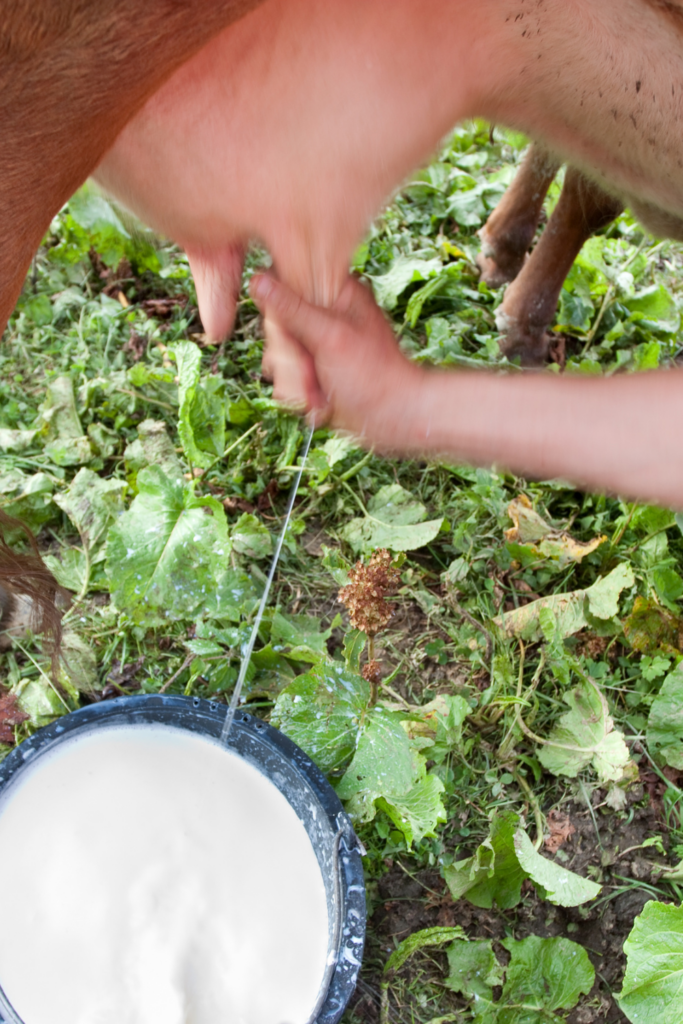
How Much Milk Does a Family Cow Produce?
The milk production of dairy cattle can vary depending on the breed. On average, if you practice the calf-sharing method, you can expect about one to two gallons of production of milk. However, if you milk the cow twice a day, the amount of milk can increase to three to four gallons of milk.
What is the calf-sharing method?
The calf-share method involves sharing the milk produced by the mother cow with her newborn calf. During the daytime, the calf remains with the mother cow for approximately 12 hours. They spend this time grazing and playing, while the mother freely eats and allows the calf to drink the mother’s milk. At night, the calf is brought indoors and placed in a pen with some hay and a water bucket.
As the calf is separated from the mother overnight, the cow’s udder fills up with milk since the calf isn’t nursing. In the morning, you can milk the mother cow and keep that milk for yourself. The calf is then reunited with the mother for the remainder of the day, and this cycle repeats.
By utilizing the calf-sharing approach, you only need to milk the cow once a day. This means you have half the time commitment compared to if you were to wean the calf early, and you’ll also have approximately half the milk yield.
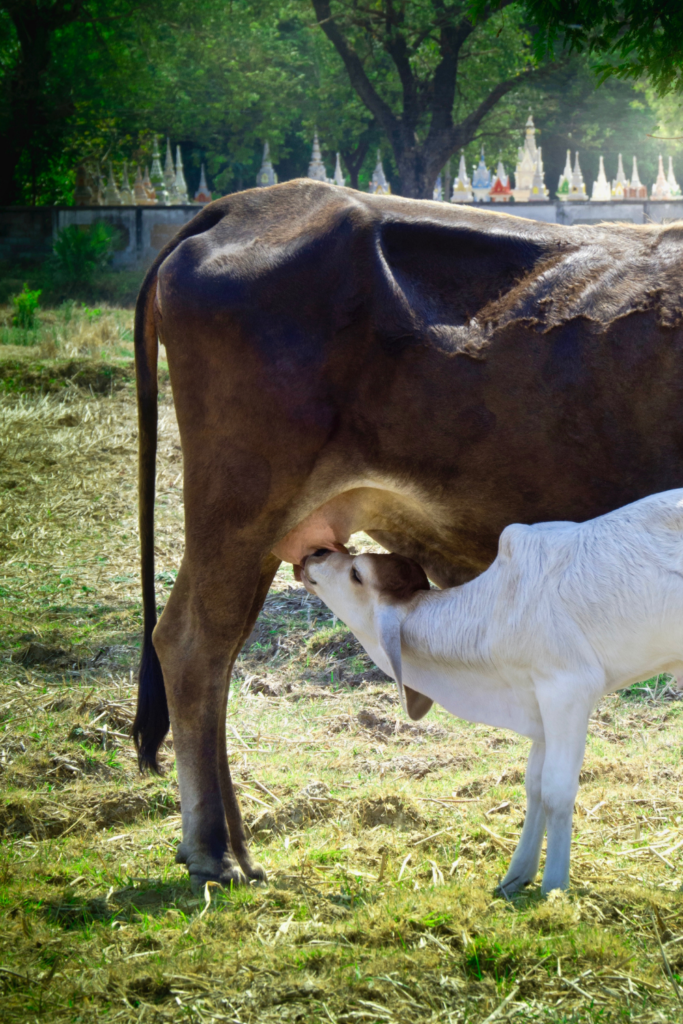
When to Start Milking After Calving
A cow typically begins producing milk immediately after calving. I let the calf stay with the mother for two weeks. This period allows for bonding between the calf and the cow while ensuring that the calf receives vital colostrum. The first time you milk, it will be colostrum. Colostrum is the initial milk, characterized by its sticky, thick consistency and golden-yellow color. While it is not harmful to human beings, it may not taste particularly pleasant.
Handling the Milk, Storage, and Use
When it comes to raw milk, cleanliness is of utmost importance. Ensure that all equipment is sterilized, and avoid using containers where contamination can accumulate, such as those with seams in a bucket.
The main risk associated with raw milk lies in its handling and cleanliness, rather than the milk itself. If there is a suspicion of contamination, it is best to discard the milk or feed it to animals, and milk consumption isn’t recommended.
After bringing the milk in from the barn, allow it to sit in a glass container in the refrigerator for 24 hours. I always put my milk in the freezer for about an hour to get it as cold as possible as fast as possible, then I transfer it to the refrigerator and I put it all the way in the back to make sure it stays really cold! The milk quality lasts longer when it stays really cold!
This allows the cream to rise to the top. Then, skim off the cream and transfer it to a separate glass jar, leaving the rich raw milk behind. Store both containers in the refrigerator.
Raw milk goes through different stages but doesn’t spoil. It tastes best when consumed within the first few days. As it curdles or ferments, it can be used to make cheeses or yogurt.
The latest Blog Posts
- Sourdough Vanilla Cupcakes: A Twist on the Classic Treat

- Easy Homemade Biscuits: Quick & Delicious Recipes for Beginners

- Soft Dinner Rolls: Your Guide to Fluffy, Perfect Bakes

- How to Knead Dough: A Step-by-Step Guide for Perfect Bread

- SALT & STONE Deodorant Review: A Natural Deodorant?
- Sandwich Bread Recipe: The Perfect Loaf for Your Daily Sandwiches
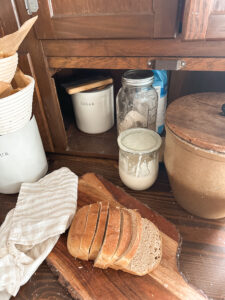
Does the Milk Need to Be Pasteurized?
No, the milk from a family cow does not need to be pasteurized. In fact, the appeal of having a milk cow lies in the availability of raw milk. I have done research on raw milk and I like the idea of the health benefits that raw milk offers.
However, pasteurization is a personal choice, and a lot of people may opt to use a pasteurizer. If you prefer raw milk, strain it, keep it cold and clean, and your fresh milk will be safe.
Our ancestors lived without refrigeration and found ways to keep milk safe for consumption, and we can do the same. It’s important to conduct individual research. While raw milk carries some risks, when you know the health of your cows and are confident they are disease-free, the risks are significantly lower compared to large commercial dairy farms. Another question you can ask yourself is, How long can milk sit out? If you’re curious, I answer that question here!
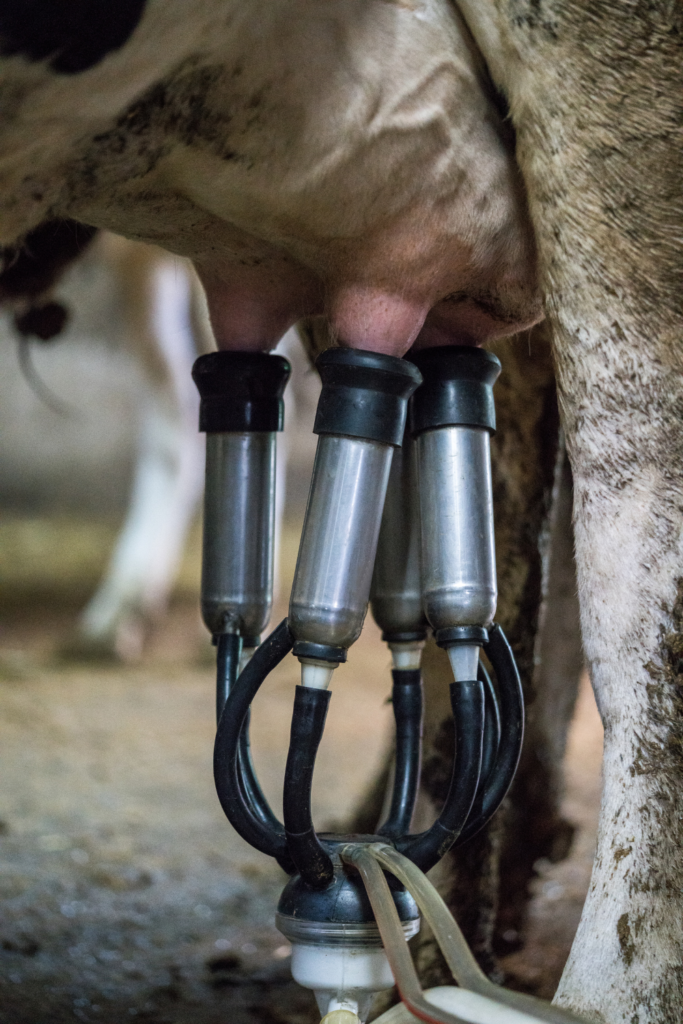
Why Should You Buy Your First Dairy Cow?
One good reason to buy your first dairy cow is the fact that you can make all of your own dairy products. You can make products such as ice cream, sour cream, cheese, and so many other products that will save you a trip to the grocery store.
Although I hand milk, I do have a milking machine that I use. For human consumption of milk, it is said that using a milking machine is cleaner. I personally think that as long as you are clean and sanitize everything, either way of milking is safe. There are a lot of people that will tell you the “best way” to milk, but that is really up to you to decide. Your first milking may take longer than you expect but once you get it down, you will become a pro in no time!
How to Milk a Cow and How long does it take to Milk a Cow?
The long-awaited routine. I only milk once a day and my cow produces about 3-4 gallons a day. If I wanted her to increase her milk production, I would increase her feed intake.
Every morning I get up and grab my teat dip, 2 washcloths, very hot water with a splash of white vinegar, and the feed. I head out to the stanchion where she is already impatiently waiting for me. I pour the feed into the bucket, she walks right in and I slip her halter on her. I first wash off her udder, however many times it takes because she might be dirtier one day than the next! I milk each quarter once to clear the milk duct and then I hand milk her or use my machine to milk her and then once I’m finished I put the milk aside.
Next, I dip each teat into iodine. I will take the milk inside as soon as possible to strain it and then get it as cold as possible. My cow’s milk stays fresh longer because I put it in the freezer for an hour after I strain it and then into the very back of the refrigerator for it to stay really cold!
When I first started this entire process took me an hour and a half, including cleaning the milk machine! Now I have gotten it down to a little under an hour! This includes every step from walking out to feed her to cleaning and putting the milk machine back.
You can get all of my milking supplies here!
I hope this helps you decide to buy a dairy cow and answers the question “How long does it take to milk a cow?”.
Milking can be hard work at times, especially if the weather is terrible and you don’t have a closed-in barn. It is so worth all of the time put into milking to get fresh, raw milk every single day!
Explore Reader
SHOP
Fitbit Versa 2 Health & Fitness Smartwatch
SHOP
Bamboo Nesting storage boxes
SHOP
Ilia Super Serum Skin Tint SPF 40
SHOP
Ninja Max XL Electric Air FryeR
SHOP
Cuisinart 15-Piece Knife Set with Block
SHOP
Muse Bath Apothecary Hand Ritual
SHOP
Martha Stewart 100% Cotton Bath Towels
SHOP
Eozlink Fluffy Fur Slides
Leave a Reply Cancel reply
Watch me clean my home



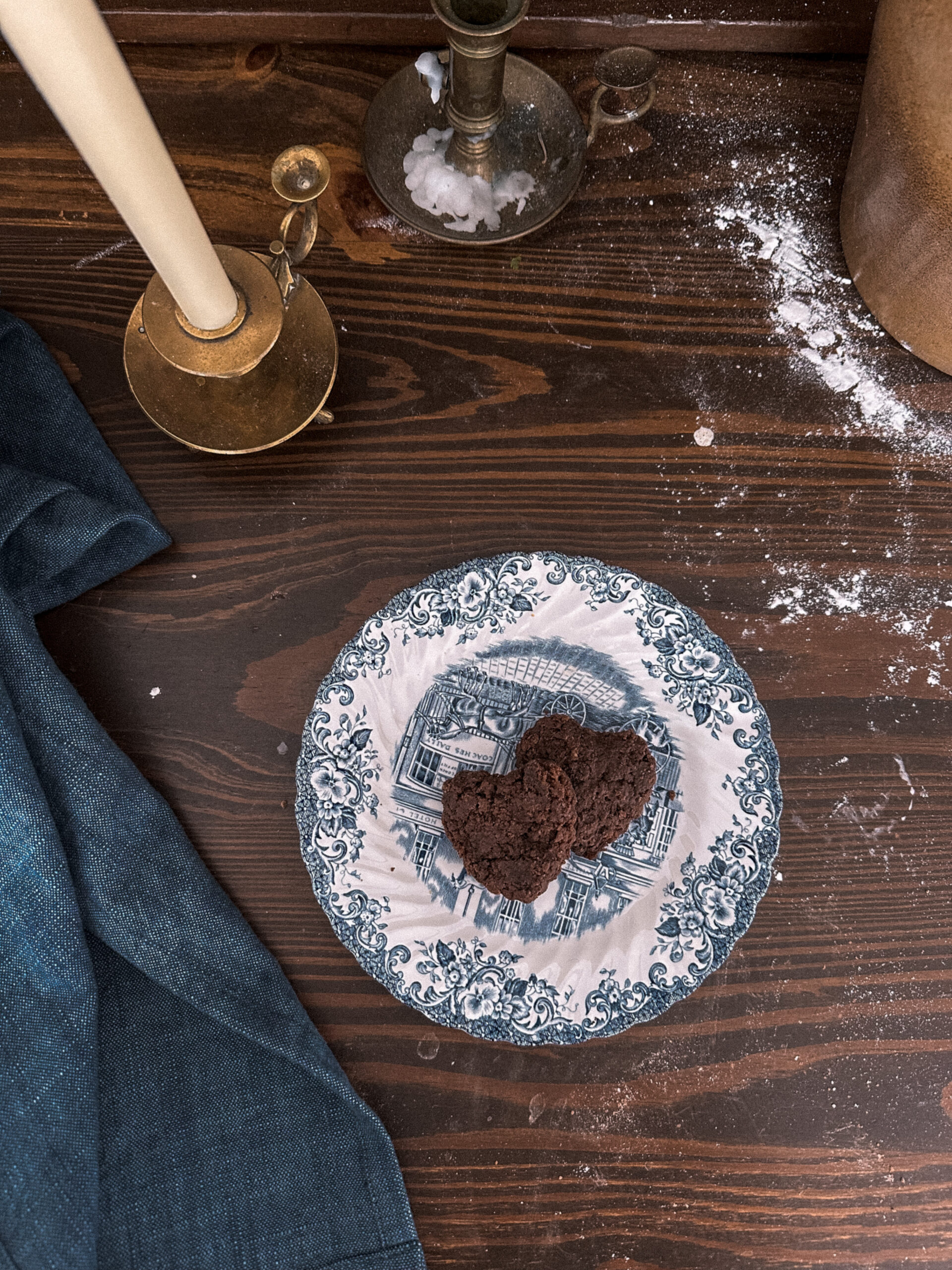
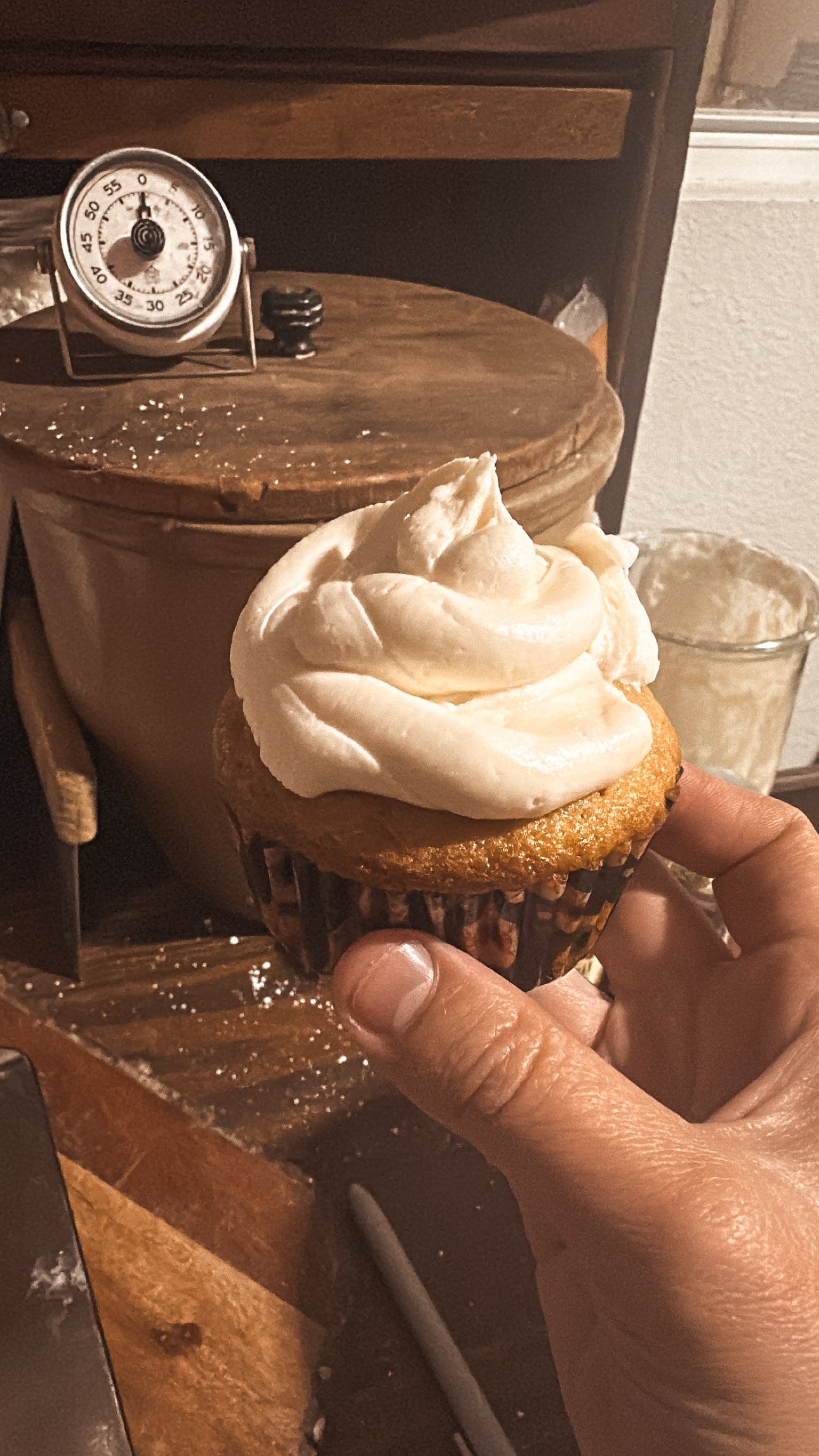
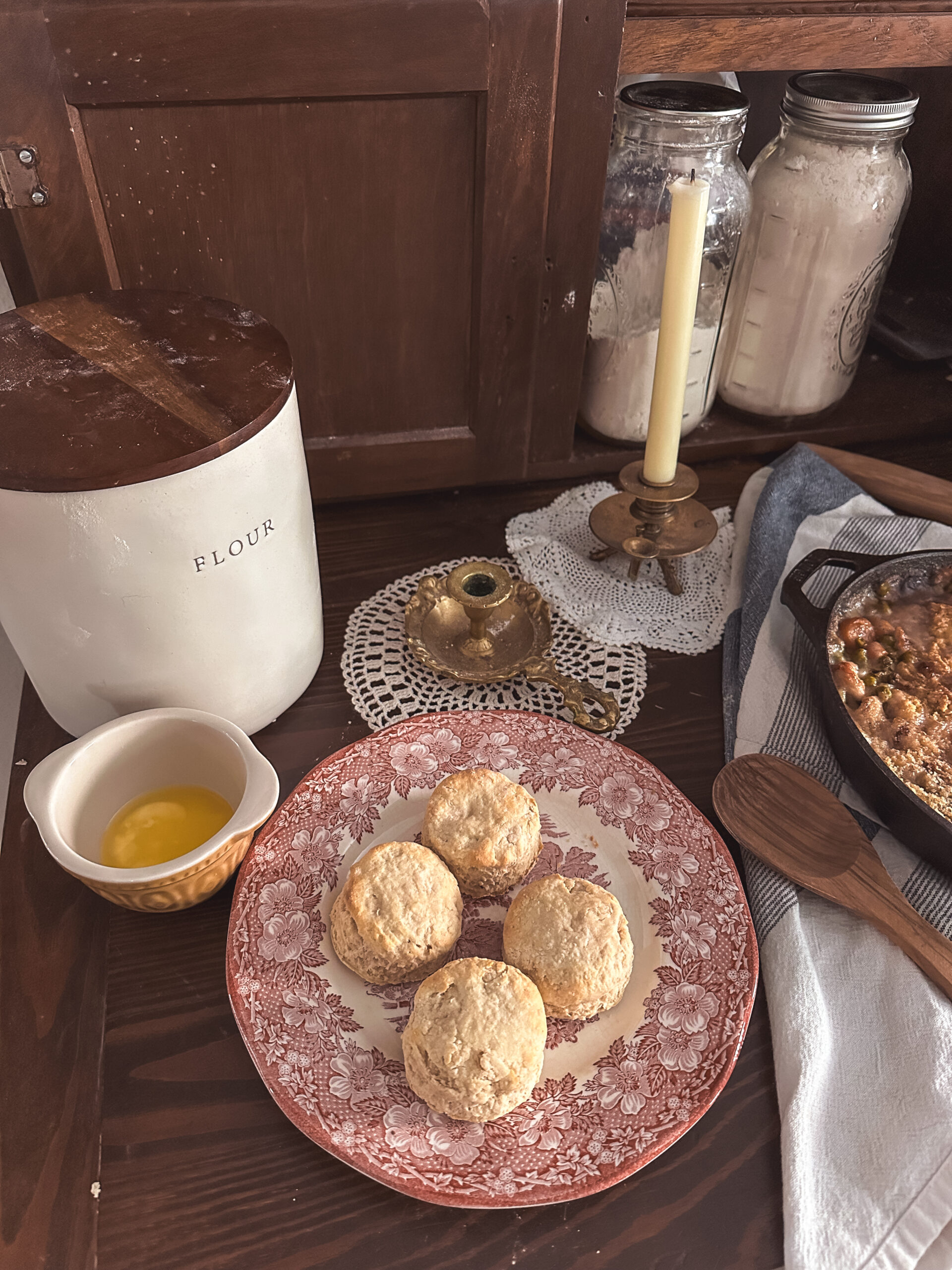

Be the first to comment